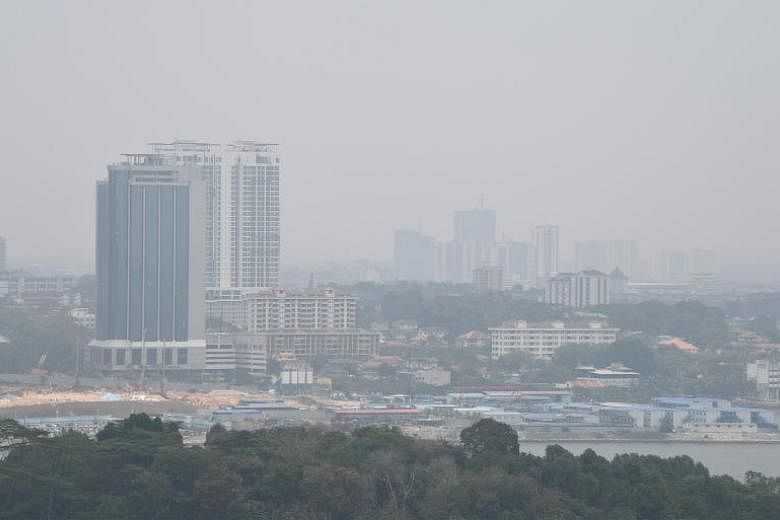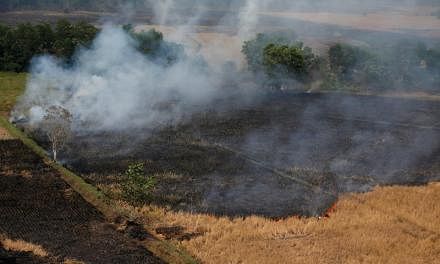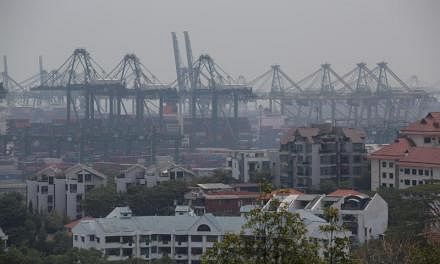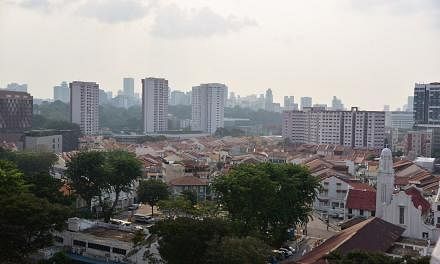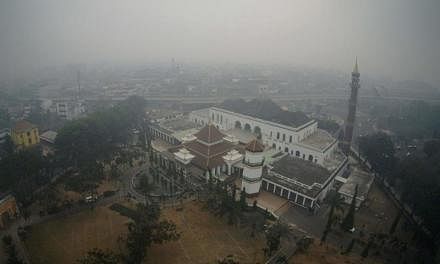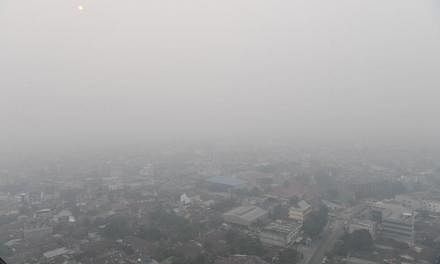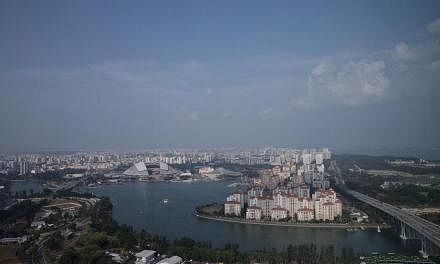KUALA LUMPUR (THE STAR/ASIA NEWS NETWORK) - It was almost midnight on Wednesday, Sept 8,1997.
A chartered Boeing 747 Malaysia Airline plane bearing flight number MH4802 took off from Subang International Airport.
The then Prime Minister, Datuk Seri Dr Mahathir Mohamad (now Tun), was on board with a few ministers and a planeload of businessmen, government officials and reporters. I was one of them.
It was a 10-day trip to Cuba and three Latin American counties, Chile, Uruguay and Argentina. The stopover was in Madrid before we made a trip to Havana, Cuba.
The Asian economic crisis was already full-blown. South Korea, Thailand and Indonesia were severely affected. Malaysia was feeling the heat. The bourse was hovering at 600 points. Companies lost billions in market capitalisation.
But something else was bothering Malaysians that September 22 years ago - the haze. The Air Pollution Index (before the Pollutant Standards Index or PSI is the accepted indicator) at the time was already more than 700 at some places, in Kuching it breached 900.
The 1997 haze was probably the worst we had ever experienced. Every year the haze returns, bringing despair and hopelessness to all of us. It affects our health, that of our children, and more importantly our economy.
Tourists are cancelling plans to come to Malaysia. Hundred of schools are closed. We are even bringing back our students from Sumatra because of the worsening situations in some parts of the island.
This year's Singapore Formula One race was not spared. The air quality was at an "unhealthy level" when 268,000 fans watched the race at Marina Bay.
So, what else is new? It is a yearly scourge. Every time the haze comes the blame game begins. Ministers in charge of environment in affected countries begin their routine, with yearly rounds of accusations and denials. No one, it seems, is at fault.
Ironically, at about the same time in more than 160 countries and territories, millions of people are joining in a worldwide, youth-led climate strike. Teenagers and children are voicing their concerns about climate change.
They are protesting about their leaders' inability to deal with the environment. Their spokespersons became celebrities in their own right.
They know they are inheriting an uncertain future as the result of wanton destruction of Planet Earth. With the president of the mightiest nation in the world in a state of denial and many other leaders simply unable to manage the environment, the young people are taking matters into their own hand.
You don't need to be an expert to know the cause of the deadly haze. In most cases it is simply an act by individuals or parties to use the simplest, cheapest and the most effective way to clear the land.
Fire is used as a tool. It gets worse when peatlands are involved. During a dry season the fires are hard to douse.
There have been allegations that Malaysian companies are involved too, which is disgusting. Action must be taken against the culprits. But beyond that, we have to look at the Asean Agreement on Transboundary Haze Pollution signed by all member countries in 2002.
It was reported that Yeo Bee Yin, the minister in charge, said her ministry will be sending a letter to the Asean Secretariat on the need to formulate and enforce a uniform transboundary haze law across the region.
There have been talks about the need for us to have our own Transboundary Haze Pollution Act (THPA) like the one Singapore has. The republic is the only Asean country that has its own Act on the matter.
The whole idea is to take legal action against perpetrators responsible for the haze, domestically and abroad.
While I believe there is a need for THPA, the priority now is to ensure Asean takes a bold step in addressing the matter.
Within Asean however, haze problem is confined largely to three member states. Understandably there is no urgency on behalf of the other member countries.
Enough of diplomacy, please. Diplomacy alone can't solve the problem. After all, too much diplomacy and too little action has been responsible for the recurring nightmare we call haze.
The writer is a columnist with The Star. The Star is a member of The Straits Times media partner Asia News Network, an alliance of 24 news media entities.
